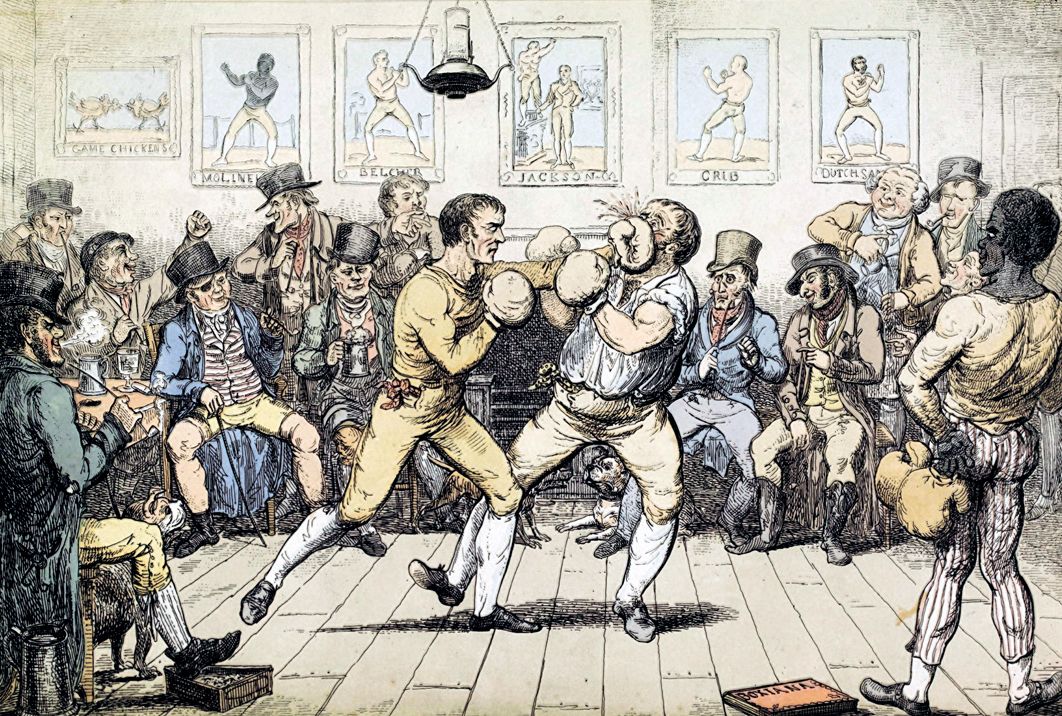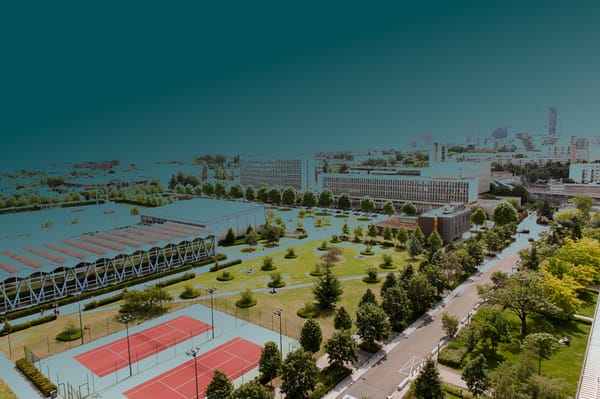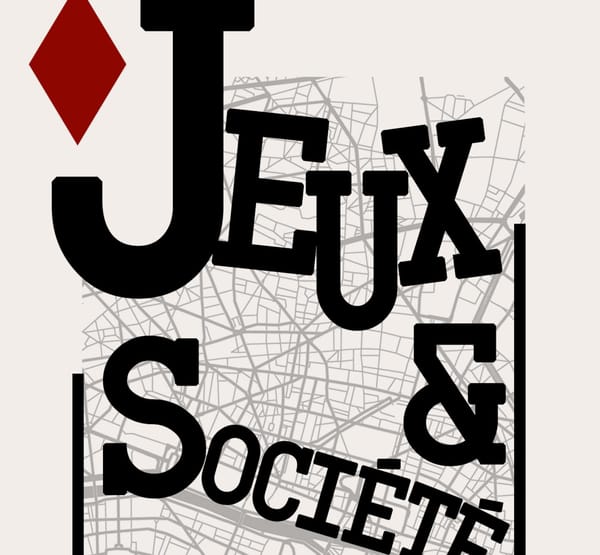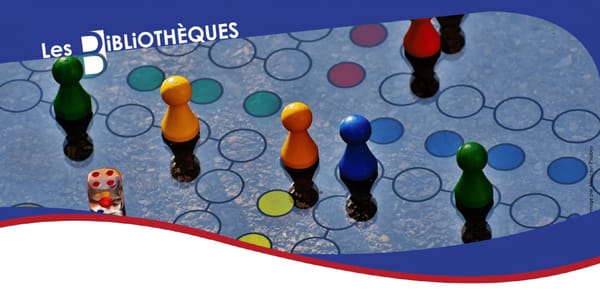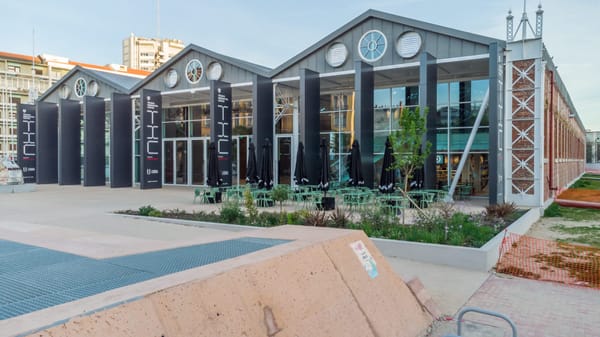Caroline Bertonèche (Université Grenoble Alpes) et Alexis Tadié (Sorbonne Université) organisent un colloque intitulé Sports and Sociability in the Long Eighteenth Century qui se tiendra à la Sorbonne les 13 et le 14 octobre prochains en Salle des Actes. L'événement scientifique est organisé dans le cadre du projet H2020 DIGITENS avec l'Université Grenoble Alpes, Sorbonne Université, le GIS Sociabilités et la SERA (Société d'Études du Romantisme Anglais).
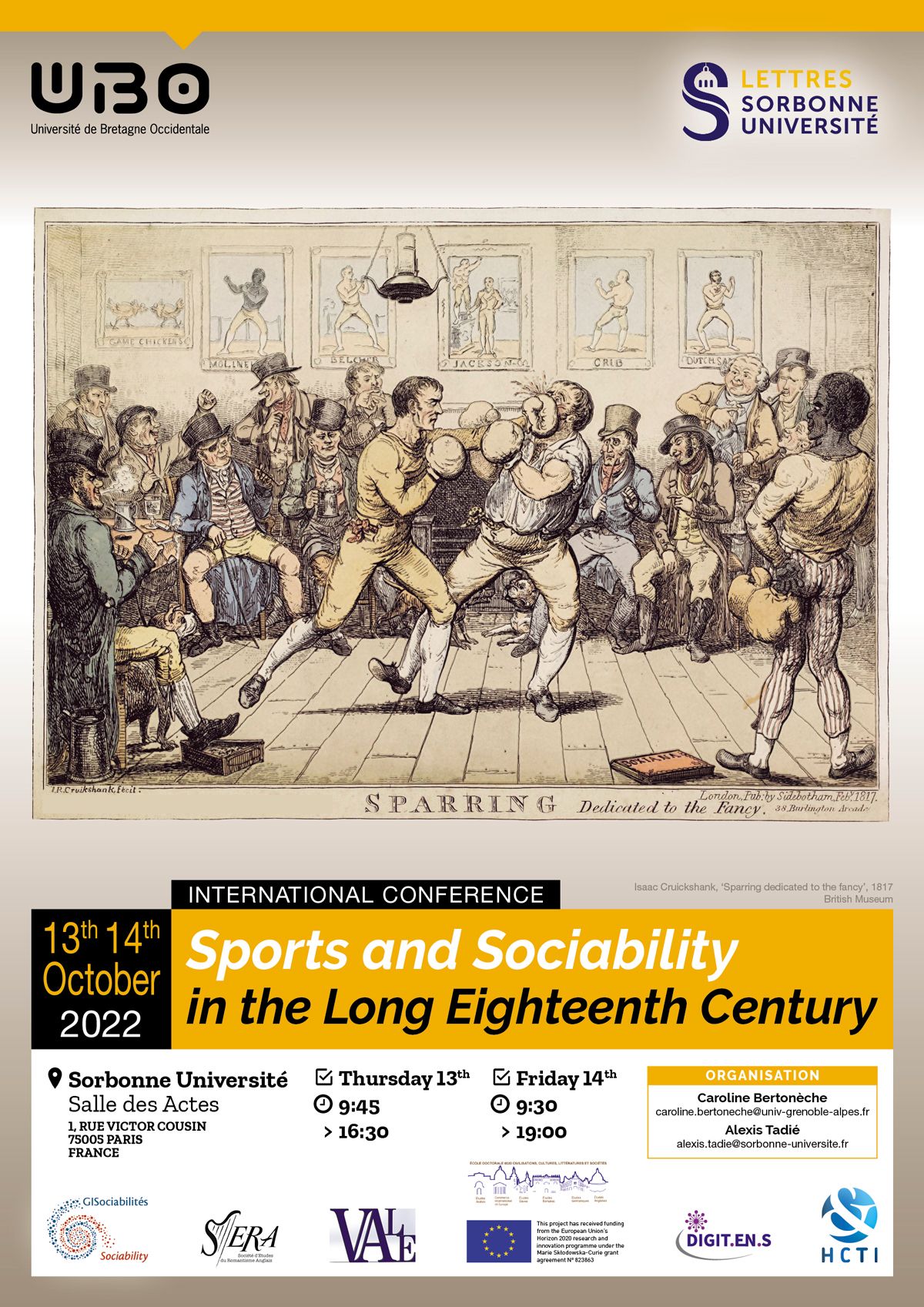
CONFERENCE PROGRAMME
Sorbonne Université
Salle des Actes
13 October
9:45: Welcome and opening remarks
10:00: PLENARY LECTURE
Simon BAINBRIDGE (Lancaster University)
‘A group… of apparently aerial beings’: Sociability on the British Summit in the Long Eighteenth Century
Coffee break
11:30: First session: Outdoors, Sociability and Individuality
CHAIR: Kimberley PAGE-JONES (Université de Bretagne Occidentale)
11:30-12:00
Meiko O’HALLORAN (Newcastle University)
Scaling Ben Nevis: Keats Among the Clouds
12:00-12:30
Claire WROBEL (Université Paris-Panthéon-Assas)
Between Solitude and Sociability : Mountaineering in Ann Radcliffe's The Romance of the Forest (1791)
12.30-13.00: Discussion
13.00: Lunch (Le Club, Sorbonne)
14:00: Second session: Building Sociability through Sports
CHAIR: Marc PORÉE (École normale supérieure-PSL)
14:00-14:30
Benjamin JACKSON (University of Birmingham)
‘The Gentleman Sportsman’: Blood Sports, Sociability, and Materiality in Eighteenth-Century England
14:30-15:00
Valérie CAPDEVILLE (Université Sorbonne-Paris-Nord)
Sports and Outdoor Recreation in Early American Clubs: Horse-Racing, Angling and Fox-Hunting Practices in Colonial Maryland and Pennsylvania
15:00-15:30
Alexis TADIÉ (Sorbonne Université)
Of Rivers and Swimming in the Long Eighteenth Century
15:30-16:30: Discussion
19.30: Conference Dinner at La Ferrandaise (8, rue de Vaugirard, Paris 6e)
14 October
9:30: Third session: Animality, Violence, and the Social Worlds of Sports
CHAIR: Marion AMBLARD (Université Grenoble Alpes)
9:30-10:00
Pierre CARBONI (Université de Nantes)
‘This falsely cheerful, barbarous game of death’: Thomson and Hunting
10:00-10:30
Mike HUGGINS (University of Cumbria)
Changing Attitudes to the Non-Human Animal World : the Case of Cock-Fighting
Coffee break
11:00-11:30
Kimberley PAGE-JONES (Université de Bretagne Occidentale) & Pierre LABRUNE (VALE)
Boxing and the Fancy: Violence Tamed and Aestheticized (1780-1815)
11:30-12:00
John C. WHALE (University of Leeds)
Pugilism in the Regency: Popularity and Cultural Appropriation
12:00-12:30: Discussion
12:30: Lunch at Le Petit Prince (12 rue de Lanneau, Paris 5e)
14:00: Fourth session: Sports and Romanticism
CHAIR: Meiko O’HALLORAN (Newcastle University)
14:00-14:30
Andreas KRAMER (Goldsmiths, University of London)
Sports and the German Romantics
14:30-15:00
Marc PORÉE (École normale supérieure-PSL)
Wordsworth, Keats, Byron: Sport or No Sport?
15:00-15:30: Discussion
Coffee break
16:00: Nicola WATSON (Open University)
Introducing the Virtual Museum RÊVE. Special collection: On Romantic Sports. Fencing Familiarized
16:30: Alexis TADIÉ (Sorbonne Université)
Introducing the Database AGON: On Quarrels and Controversies
17:00 Kimberley PAGE-JONES (UBO) & Valérie CAPDEVILLE (Sorbonne-Paris-Nord)
Introducing the Digital Encyclopedia DIGITENS: On British Sociability in the Long 18th Century
18:00: Closing drinks
19:00: End of the conference
*****
This conference will investigate the intricate relationships between sports and literature and the arts in the long eighteenth century. Sports are a particular good place to reflect on sociability, while the cultural approach enables an understanding of sports which goes beyond their history. We understand the place of sports in our societies if we look at their cultural representations and at the work they do.
Cultural representations of sports are ubiquitous in the long eighteenth century, and this conference provides an opportunity to explore them. For example, expressive forms intimately connected with the representation of sports are exemplary in books describing hunting, hawking, and fishing, which began to circulate from the second half of the seventeenth century. They contributed to the emergence of a culture of leisure and recreation, and induced a “recreation of a recreation,” to borrow the Compleat Angler’s words which celebrate both the pleasures of angling and the writing about angling. The eighteenth century saw the laying out of the rules of certain games, such as cricket, golf, or pugilism, as well as the birth of sports clubs, such as the Jockey Club or the Maylebone Cricket Club in England. But although sporting clubs are usually associated with the organisation of sports, they were initially social clubs. Simultaneously, paintings and texts, sometimes illustrated, started to flourish. For example, the portrayal of horses has long been identified with a form of artistic representation described as “Sporting Art” (Deuchar 1988). Although the category is a twentieth-century label, various expressions were used in the eighteenth century to describe such paintings or their authors: sporting pieces, horse-painters, etc. The word “mountaineering” was first coined by Coleridge. And in an entirely different field, the development of pugilism was inseparable from the debates over the modes of writing about it (Hazlitt 1822). Fighters like Daniel Mendoza, who authored The Art of Boxing in 1798, became icons, and were paraded on the stages of theatres in London. Keats among whose books was a volume called Fencing Familiarized was an excellent boxer and had more than an interest in pugilism while Byron’s sporting achievements belong to his mythology. Writing about fights, using the language of the “Fancy”, characterizes much of early nineteenth century writings, from Pierce Egan to William Hazlitt.
The cultures of sports define and project social and cultural issues, because they are places of contest, where certain crucial social issues are articulated. The issue of race, for instance, is central in the development of sports and was apparent as early as the eighteenth century when former slave Bill Richmond, who was brought to England from America at the age of fourteen to be a servant to the Duke of Northumberland, became a fighter and later a promoter of fights. Tom Molineaux, a former slave from Virginia, came to England to fight local champion Tom Crib. The conference will therefore seek to reflect on a variety of social issues such as race, gender or violence through the lens of sports and of their cultural mediations. It will investigate the modes of sociability induced by the practice of sports. It hopes to reflect on their literary and artistic expressions.
Papers are invited on any of the following issues while contributions dealing with other topics are also welcome:
- The emergence of sports writing
- The social worlds of sports
- Popular sports of the eighteenth century
- Local games
- The place of sports in eighteenth-century poetry
- Sports and their public
- Sports and education
- Sports clubs
- Sports and the colonies
- Sports and the environment
- Women and sports in the eighteenth century
Contacts: caroline.bertoneche@univ-grenoble-alpes.fr and alexis.tadie@sorbonne-universite.fr
Selective bibliography:
BAINBRIDGE, Simon, Mountaineering and British Romanticism: The Literary Cultures of Climbing. 1770-1836 (Oxford: Oxford University Press, 2020)
— “Writing from ‘perilous ridge’: Romanticism and the Invention of Rock Climbing”, Romanticism, 19, 3 (2013), 246-260
DEUCHAR, Stephen, Sporting Art in Eighteenth Century England: a Social and Political History (New Haven, Yale UP, 1988)
DYRESON, Mark, MCCLELLAND, John & VAMPLEW, Wray, A Cultural History of Sport(London: Bloomsbury, 2021). In particular volume 4: A Cultural History of Sport in the Enlightenment, ed. Rebekka von Mallinckrodt.
ELIAS, Norbert & DUNNING, Eric, Sport et civilisation: la violence maîtrisée (Paris: Fayard, 1994)
GRIFFIN, Emma, Blood Sport: Hunting in Britain since 1066 (New Haven, CT.: Yale University Press, 2008)
HARROW, Sharon (ed.), British Sporting Literature and Culture in the Long Eighteenth Century (Farnham: Ashgate, 2015)
LAKE, Robert J., A Social History of Tennis in Britain (London: Routledge, 2015)
LANDRY, Donna, The Invention of the Countryside: Hunting, Walking, and Ecology in English literature, 1671-1831 (Basingstoke: Palgrave Macmillan, 2001).
McCLELLAND, John & MERRILEES, Brian, Sport and Culture in Early Modern Europe(Toronto: Toronto UP, 2010)
MOORE, Jane, “Modern Manners: Regency Boxing and Romantic Sociability”, Romanticism, 19, 3 (2013), 271-290
O’QUINN, Daniel, “Proxy Israelites: Staging Ethnic Violence in the Ring & in the Pit”, in GILMARTIN, Kevin (ed.), Sociable Places. Locating Culture in Romantic Period Britain(Cambridge: Cambridge University Press, 2017)
— & TADIÉ, Alexis, Sporting Cultures 1650-1850 (Toronto: University of Toronto Press, 2018)
PAULIN, Tom & CHANDLER, David (eds.), The Fight and Other Writings by William Hazlitt (London: Penguin Books, 2000)
STRACHAN, John, “Romanticism and Sport”, Romanticism, 19, 3 (2013), 233-245
TADIÉ, Alexis, Le tennis est un art. Du court à l’écran (Paris: Sorbonne Essais, 2020)
TURCOT, Laurent, Sports et loisirs: Une histoire des origines à nos jours (Paris: Gallimard, 2016)
WHALE, John, “Daniel Mendoza's Contests of Identity: Masculinity, Ethnicity and Nation in Georgian Prize-fighting”, Romanticism, 14, 3 (2008), 259-271

